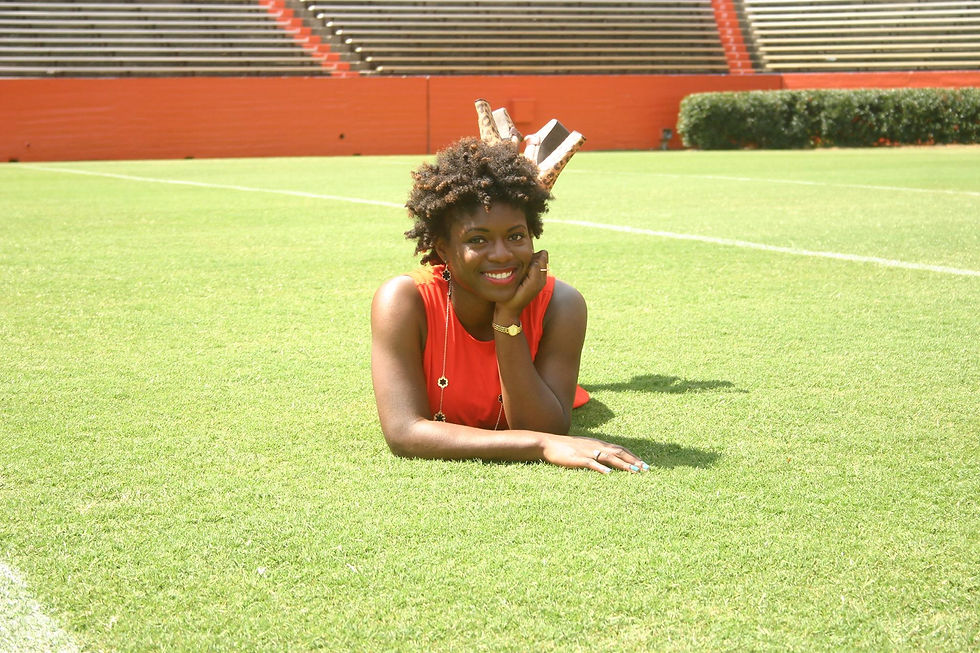


Michelle Hylton
Educator - Lifelong Learner
Differentiated Instrustion- Case Study #1
This lesson is part of a math unit on geometry that focuses, in part, on these standards:
CCSS.MATH.CONTENT.1.G.A.1- Distinguish between defining attributes (e.g., triangles are closed and three-sided) versus non-defining attributes (e.g., color, orientation, overall size); build and draw shapes to possess defining attributes.
CCSS.MATH.CONTENT.1.G.A.2- Compose two-dimensional shapes (rectangles, squares, trapezoids, triangles, half-circles, and quarter-circles) or three-dimensional shapes (cubes, right rectangular prisms, right circular cones, and right circular cylinders) to create a composite shape, and compose new shapes from the composite shape.
At the end of the lesson, students will:
-
build at least two composite shapes consisting of at least three common two-dimensional shapes each.
-
label the defining attributes of the two-dimensional shapes that comprise the composite shape.
Prior to the lesson, the students will have had multiple lessons through which they learned the number of sides, corners, and other features of common shapes. In this lesson, the students are provided with art materials (construction paper, glue, scissors, etc.) with which they will cut out and built the composite shapes.
Differentiation:
Content and Readiness- This lesson would be adapted by differentiating the content of the lesson based upon student readiness. At the beginning of the lesson, the teacher will use the SMARTboard to review and activate student background knowledge of their previous lessons’ content (the number of sides, corners, and other features of common shapes). The teacher will call on students to share what they remember learning and write it on the SMARTboard. Visual representations of shapes will be shown to help ELLs and visual learners connect with learning and activate background knowledge. Following this, the teacher will use a PowerPoint presentation to explain to students their expectations of today’s lesson. Students will then break into partner groups based on their math ability. There will be 3 partner groups of high and or gifted math ability, 4 partner groups of medium math ability, and 2 groups of low math ability, which will be teacher-led and at the same table. Each partner group will have a list of shapes to choose from within their group. The choices of shapes will be based on the group’s math ability. Therefore, the 3 high ability partner groups will be building and labeling shapes that have 5 or more sides, the 4 medium ability partner groups with be working with moderately difficult shapes such as parallelograms and trapezoids, and the 2 teacher-led low ability math groups will be working with common shapes such as circles, rectangles, and triangles. Within the high and medium math ability partner groups, the two individuals will work together to choose and build 3 shapes using either the computer, iPad, or the art materials provided. The teacher will guide the 2 low ability groups by allowing them to each choose two shapes to build. The teacher will prod these students’ understanding by asking them questions that will help them as they are labeling their shape. After each partner group has built their shapes, the partners will work together to create a presentation of the shapes that they have built. It is the group’s choice of what presentation tool they choose. Some choices could be Prezi, Google Docs, PowerPoint, etc. In this presentation students will upload their built shape and labeling information that is associated with each shape. Once completed, students will upload their presentations to the class website and present their shapes to the class via the SMARTboard. This presentation will give all students the opportunity to take control of their learning, share their learning with their peers, as well as give them the expose to a variety of shapes despite of varying math ability expose to a variety of shapes.